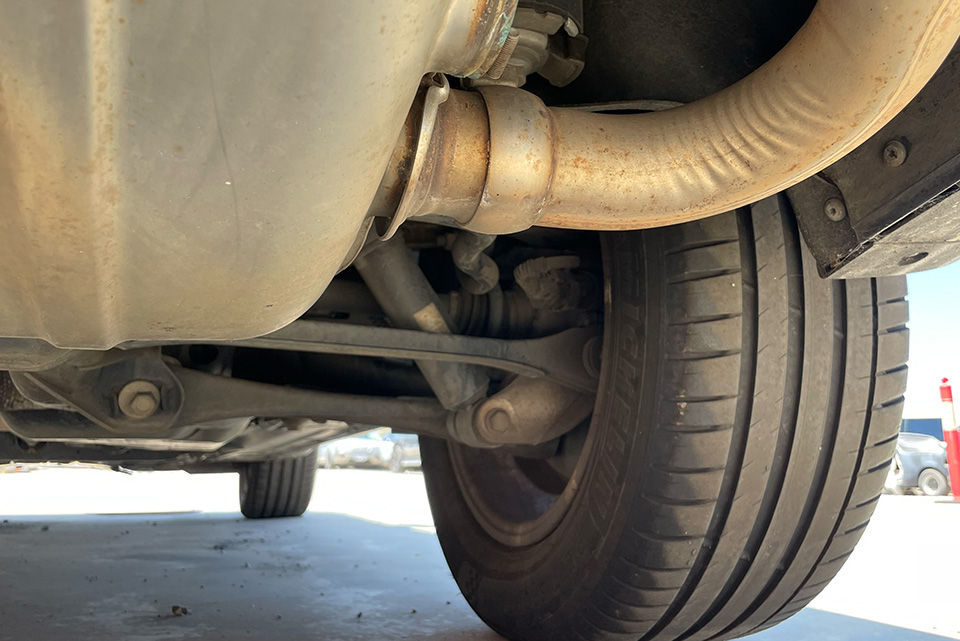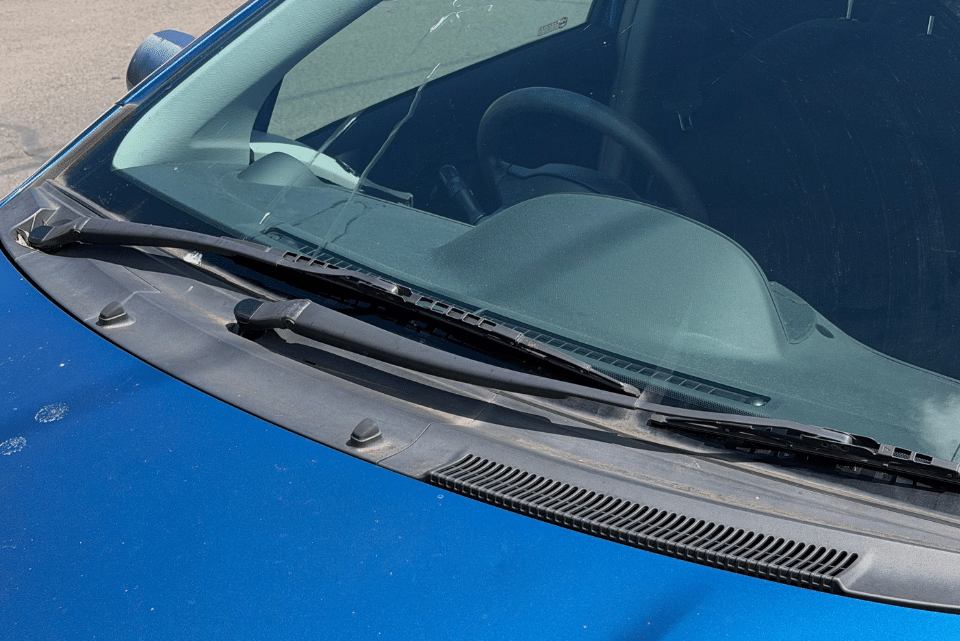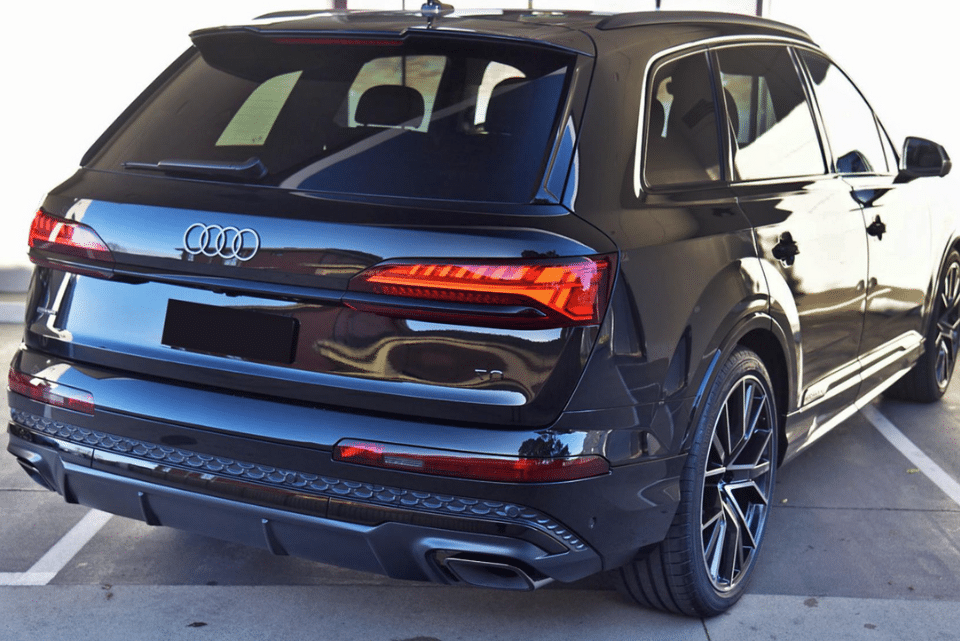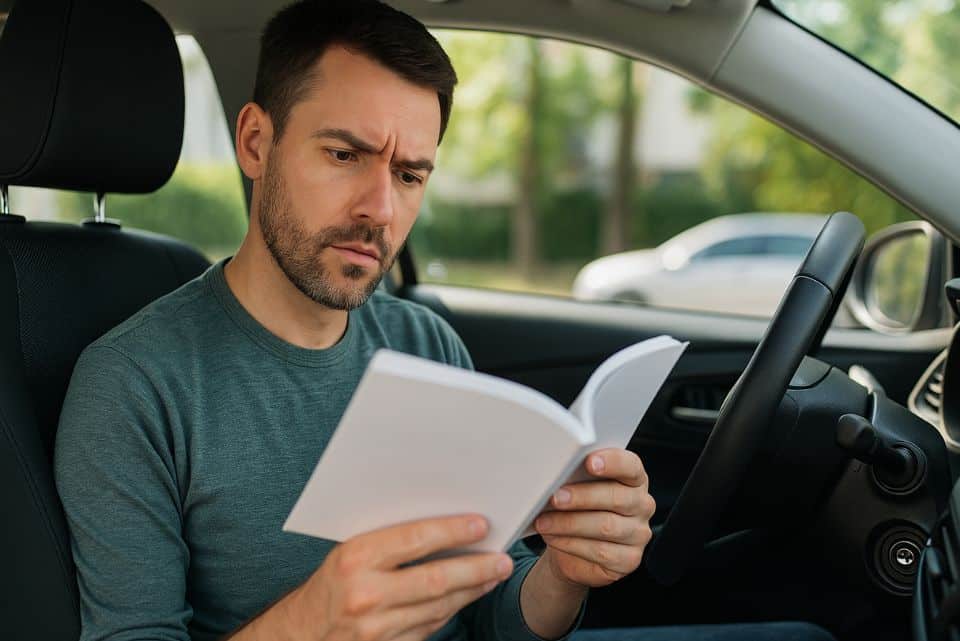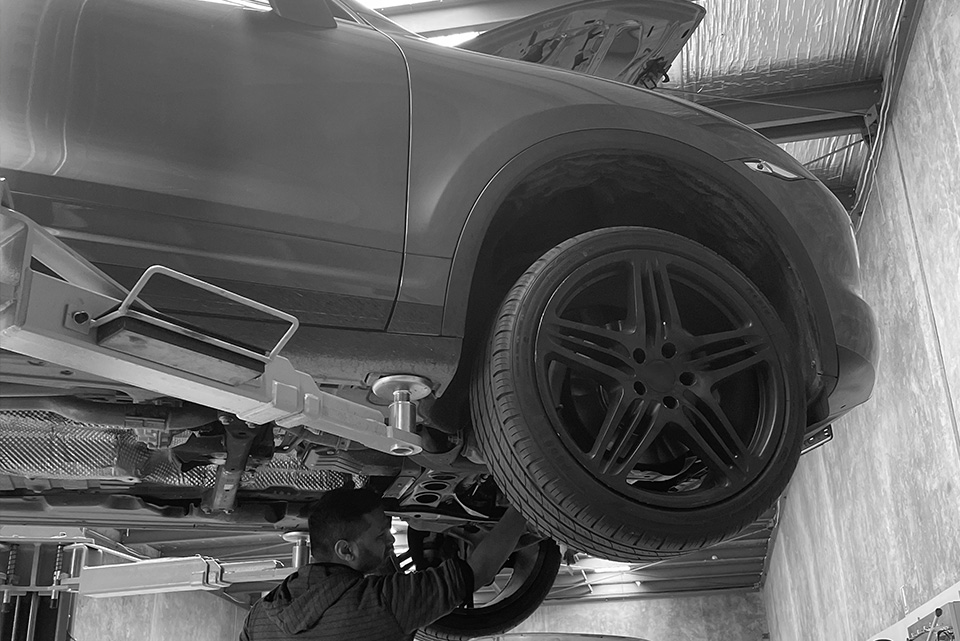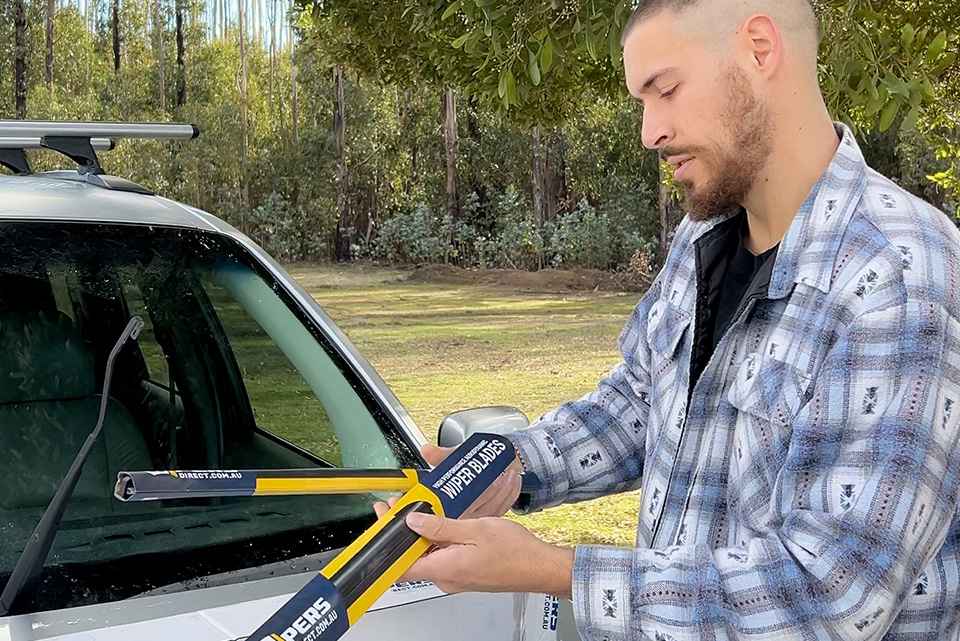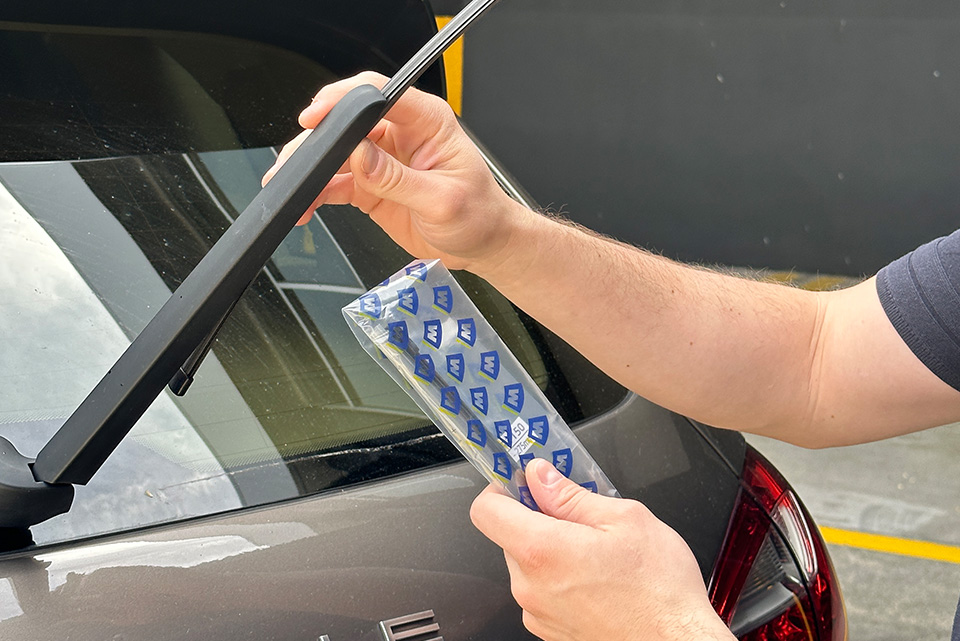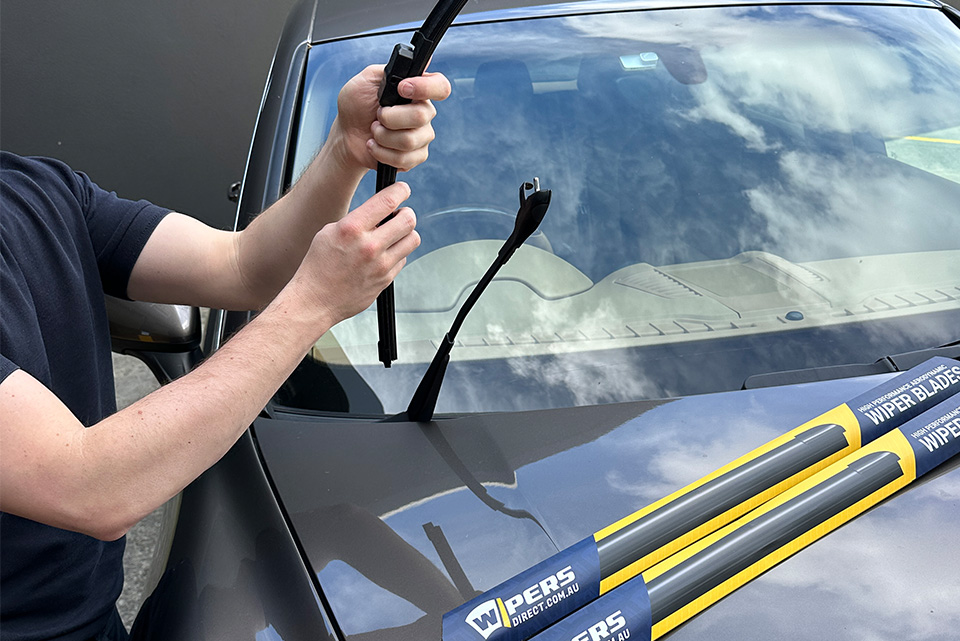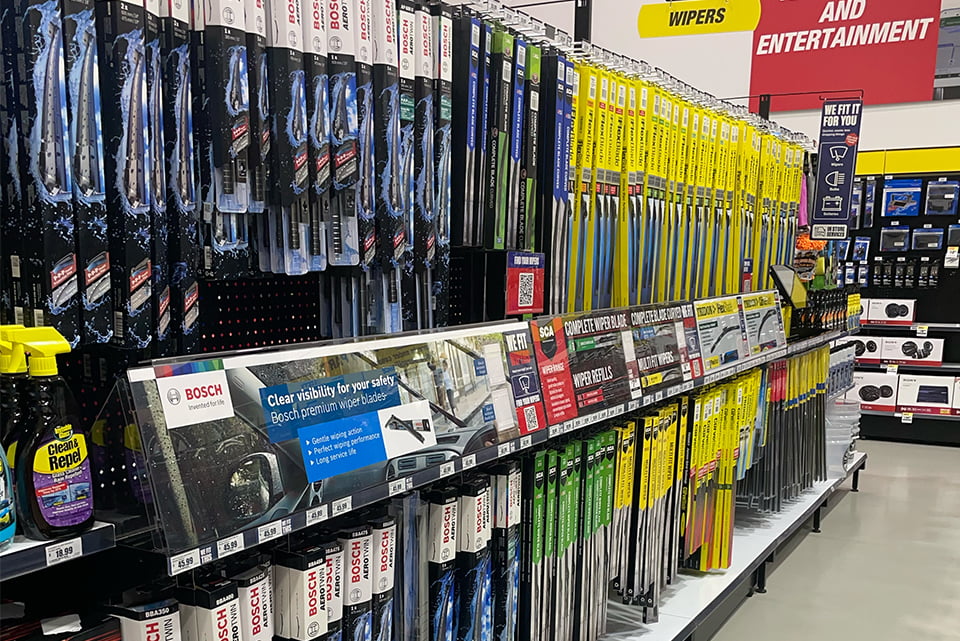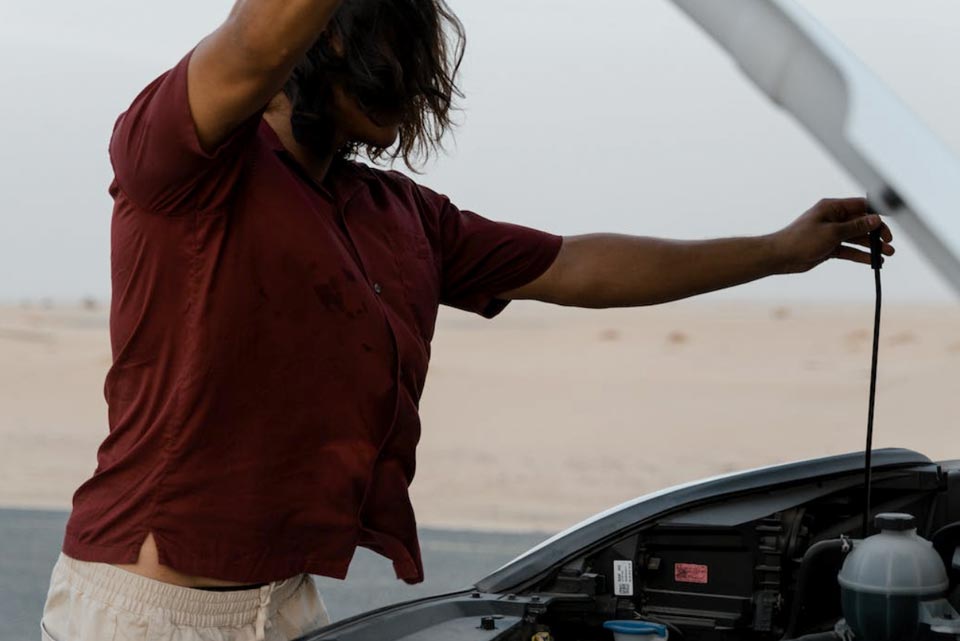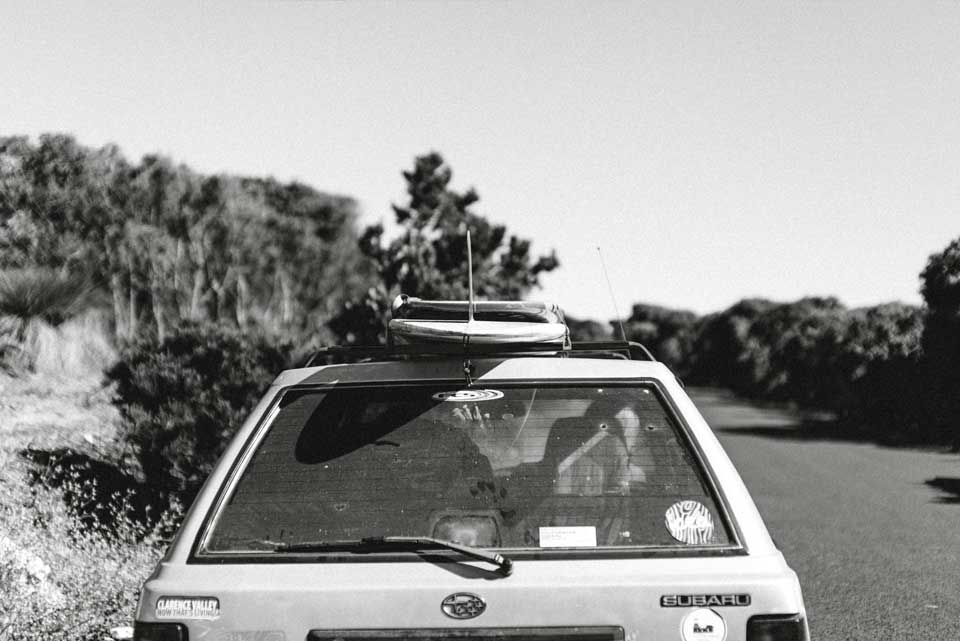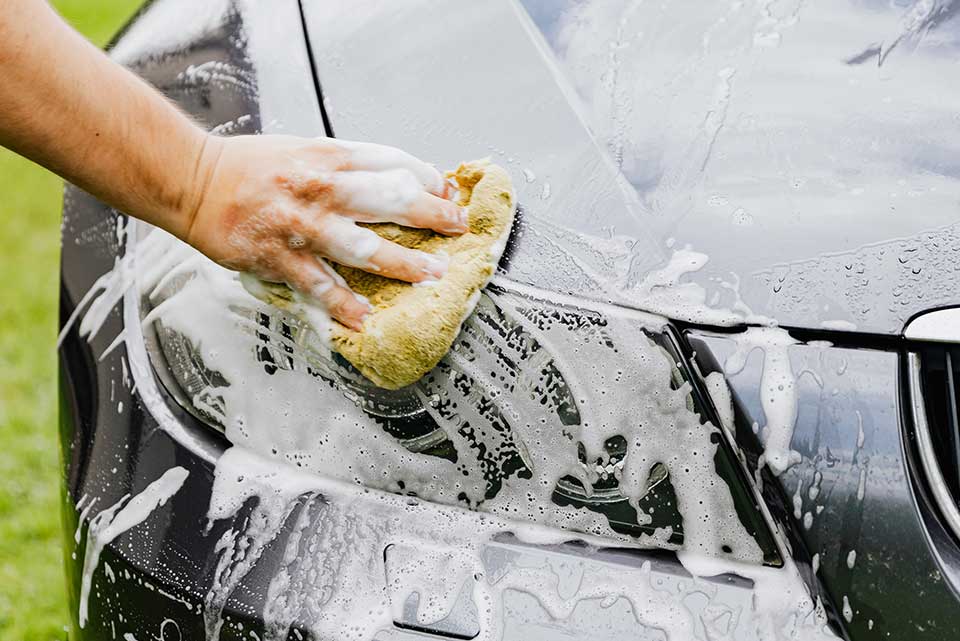In New South Wales (NSW), vehicle safety checks, also known as eSafety inspections or pink slips, are essential for ensuring that cars meet safety standards before renewing their registration. This requirement applies to vehicles over five years old, reinforcing NSW’s commitment to road safety. This guide covers the importance of these inspections, the process involved, and what vehicle owners need to know to maintain compliance with NSW registration laws.
Introduction to NSW Vehicle Safety Checks
NSW vehicle safety checks are a fundamental part of the registration renewal process for older vehicles in the region. Known as eSafety checks or pink slips, these inspections ensure that vehicles over five years old meet the minimum standards required to operate safely on the road. Without a completed safety check, renewing registration for eligible vehicles is impossible, making compliance essential for all NSW drivers.
Why Are Safety Checks Required for NSW Vehicle Registration?
The safety check requirement serves as a vital measure to protect public safety. By enforcing these checks, NSW ensures that vehicles remain roadworthy, reducing the risk of accidents caused by mechanical issues. Safety checks also support environmental goals by enforcing emissions standards for vehicles on NSW roads, making them safer and more eco-friendly.
What is an eSafety Check?
An eSafety check, commonly called a pink slip, is a digital record of a vehicle’s roadworthiness inspection. Conducted by licensed mechanics, this check examines critical vehicle components, including brakes, tires, lights, steering, and seatbelts. The results are directly submitted to the RMS (Roads and Maritime Services) system, allowing vehicle owners to complete registration renewal seamlessly if the inspection is successful.
Who Needs a Vehicle Safety Check in NSW?
In NSW, vehicles older than five years typically require an annual safety check before registration renewal. These inspections apply to various types of vehicles, including passenger cars, motorcycles, light trucks, and trailers. Newer vehicles are often exempt, although specific cases may still necessitate a check, such as a change of ownership or if the vehicle has been unregistered for a period.
Determining Eligibility for a Safety Check
The RMS system automatically determines if a vehicle requires a safety check during the registration renewal process. If a safety check is necessary, it will be listed in your renewal notification. Always check the requirements outlined in your renewal notice to avoid delays in completing the process.
Differences Between Pink Slip and eSafety Check
The terms “pink slip” and “eSafety check” refer to the same inspection process in NSW. Historically known as a pink slip, this inspection is now digitalised as an eSafety check, making the results immediately accessible to the RMS for registration processing. The eSafety check provides a streamlined approach, reducing paperwork and speeding up renewals.
When Do You Need a Safety Check for Registration Renewal?
An eSafety check is required annually for vehicles older than five years. However, other circumstances may also trigger the need for an inspection, such as re-registering an unregistered vehicle, transferring registration, or addressing a defect notice issued by authorities.
Steps to Complete a Vehicle Safety Check in NSW
To complete a vehicle safety check, visit an authorised inspection station where a licensed mechanic will conduct the inspection. After passing, the inspection results are automatically uploaded to the RMS system, and you can proceed with online or in person registration renewal. Make sure to address any mechanical issues beforehand to avoid failing the inspection.
Inspection Criteria for the NSW Pink Slip
The pink slip inspection is comprehensive, covering essential vehicle components that contribute to safety and performance. The mechanic will check for issues related to:
- Brakes: To ensure sufficient stopping power.
- Tires: For adequate tread depth and even wear.
- Lights: Including indicators, headlights, and brake lights.
- Steering and Suspension: To confirm proper handling and stability.
- Seatbelts: To ensure they function as intended.
- Windscreen & wipers: To confirm windscreen free from cracks & windscreen wiper blades functioning across appropriate area.
Understanding the Key Components of a Safety Check
Each component inspected during the eSafety check is essential for vehicle control and driver safety. The mechanic assesses each part for wear, damage, and performance to guarantee it meets NSW’s strict standards for roadworthiness.
Common Issues That Cause Safety Check Failures
Some common reasons for failing a safety check include:
- Worn brake pads or discs
- Insufficient tire tread depth
- Malfunctioning lights or indicators
- Damaged seatbelts or faulty latches
- Loose steering or suspension components
Addressing these issues before the inspection can save time and additional fees associated with re inspection.
What Happens if Your Vehicle Fails the Inspection?
If your vehicle fails the safety check, the mechanic will provide a list of issues that need correction before you can receive a pink slip. You’ll have 14 days to complete the necessary repairs and return to the same station for a reinspection, often at no additional charge.
How to Prepare Your Vehicle for an NSW Safety Check
Preparing your vehicle before the inspection increases the likelihood of passing. Regular maintenance, such as checking tire condition, lights, and brakes, can help you identify and address any potential issues. Small fixes can often prevent the need for reinspection, saving you time and money.
Finding an Authorised Safety Check Station in NSW
Authorised eSafety inspection stations can be found throughout NSW, with many service providers offering online booking for convenience. Always verify that the station is licensed by RMS to conduct eSafety checks to ensure compliance with NSW requirements. You can find a safety inspection provider by visiting the NSW website and entering in your postcode. A mobile safety check provider may be able to come to you.
Cost of a Vehicle Safety Check (Pink Slip) and Reinspection Fees
For vehicle owners in NSW, understanding the costs associated with mandatory pink slip inspections is essential for budgeting and compliance. The cost for a pink slip, or eSafety check, is regulated by the government, ensuring consistency across authorised inspection stations. As of the latest fee structure from the NSW Government, the costs for a vehicle safety check (pink slip) are as follows:
- Light Vehicles (up to 4.5 tonnes): $42
- This is the standard inspection fee for most passenger cars, motorcycles, and light trucks that meet the weight requirement.
- Motorcycles: $24
- This lower rate applies specifically to motorcycles, which undergo a modified inspection due to their different safety requirements compared to passenger vehicles.
- Light Trailers and Caravans (up to 4.5 tonnes Gross Vehicle Mass): $21
- This fee covers inspections for light trailers and caravans, which have different safety standards due to their build and usage.
These fees ensure that the inspection costs are fair and accessible across NSW, contributing to the consistent enforcement of road safety standards. Additionally, if your vehicle fails the pink slip inspection, you are often given a 14-day period to make necessary repairs and return to the same inspection station for a free re-inspection, provided it is within this timeframe.
Note: Prices may vary slightly depending on the service provider, but they are typically in line with NSW’s regulated fee structure
Cost Breakdown for Blue Slips (AUVIS Inspections) in NSW
A blue slip is required for vehicles that need to be re-registered after lapsing, vehicles brought into NSW from another state, or vehicles with specific registration circumstances. The costs for blue slip inspections are generally higher than pink slip inspections, given the thoroughness of the checks involved. Here’s the current fee structure:
- Light Vehicles (up to 4.5 tonnes Gross Vehicle Mass): $67
- This fee applies to most passenger cars and light vehicles undergoing an AUVIS inspection.
- Motorcycles: $41
- Motorcycles have a lower inspection fee due to their specific inspection criteria, focusing on essential roadworthiness and safety checks.
- Light Trailers and Caravans (up to 4.5 tonnes Gross Vehicle Mass): $34
- Light trailers and caravans require a blue slip inspection if they are unregistered or being registered in NSW for the first time.
- Heavy Vehicles (over 4.5 tonnes Gross Vehicle Mass): $77
- Heavy vehicles, including larger trucks and trailers, undergo a more comprehensive inspection due to additional safety and compliance requirements.
- Additional Fees for Defect Clearance:
- If a vehicle has been issued a defect notice, additional inspection fees may apply, depending on the extent of the repairs and re-inspection required.
These blue slip fees ensure that unregistered or newly registered vehicles comply with NSW’s strict roadworthiness standards, supporting both road safety and environmental compliance. It’s also worth noting that blue slip inspections are more detailed than pink slips, as they verify the identity, condition, and safety of unregistered vehicles to ensure they meet NSW registration requirements.
Digital eSafety Check and Registration Renewal Process
The digital nature of the eSafety check simplifies the registration process by instantly uploading inspection results to the RMS. If your vehicle passes, you can immediately renew your registration online without needing to present any physical paperwork. This convenience supports faster renewals and eliminates the need for additional documentation.
Consequences of Skipping the Required Safety Check
Failing to complete a required safety check will prevent you from renewing your vehicle’s registration. Driving an unregistered vehicle can result in fines, penalties, and even suspension of your driving privileges. Additionally, operating an unregistered vehicle leaves you uninsured in the event of an accident.
Exemptions and Special Cases for NSW Safety Checks
While most vehicles over five years old require annual inspections, some exemptions may apply, such as brand-new cars or vehicles classified under specific registration types. Always check with RMS or consult your registration renewal notice to confirm your vehicle’s requirements.
Environmental Impact of Vehicle Safety Inspections
The eSafety check plays a role in supporting NSW’s environmental goals. During the inspection, the mechanic will check for issues related to emissions, such as faulty exhausts or leaks. Ensuring vehicles meet emission standards helps reduce pollution and contributes to cleaner air.
Tips to Ensure a Smooth Safety Check
To help ensure a smooth and successful inspection:
- Regularly service your vehicle, particularly the brakes, tires, and lights.
- Replace or repair any damaged parts ahead of the inspection.
- Keep your vehicle’s service history up-to-date.
Understanding Heavy Vehicle and Special Vehicle Safety Check Requirements
Different regulations apply to heavy and specialty vehicles, which may have additional or alternative inspection requirements. These vehicles may also need weight-specific checks or more frequent inspections depending on their usage.
What is a Blue Slip, and When Do You Need One?
A blue slip is an inspection required for unregistered vehicles that need to be brought back onto NSW roads. Unlike the pink slip, a blue slip is required when re-registering a vehicle or when importing a vehicle into NSW from another state.
How the Safety Check Supports Road Safety in NSW
The NSW safety check is a cornerstone of road safety, enforcing compliance with standards that minimise risks associated with mechanical failure. By identifying potential issues early, the inspection process contributes to a safer driving environment for everyone on NSW roads.
Myths and Facts About NSW Vehicle Safety Checks
Misconceptions about vehicle safety checks abound. Some believe that the inspection is overly stringent, while others think it’s optional. Understanding the facts about the safety check’s importance can help vehicle owners appreciate its role in maintaining NSW’s high road safety standards.
Frequently Asked Questions on NSW Vehicle Safety Checks and Registration Renewal
Is a pink slip required every year?
Yes, for vehicles over five years old, an annual pink slip is needed for registration renewal.
How much does a pink slip cost?
Light Vehicles (up to 4.5 tonnes) are $42 and Motorcycles are only $24. Prices and costs vary slightly but are typically within a standard range set by NSW authorities.
How much does a blue slip cost?
Light Vehicles (up to 4.5 tonnes Gross Vehicle Mass) are $67. Heavy Vehicles (over 4.5 tonnes Gross Vehicle Mass) are $77 and Motorcycles are only $41. It’s worth noting that blue slip inspections are more detailed than pink slips, as they verify the identity, condition, and safety of unregistered vehicles to ensure they meet NSW registration requirements, hence the higher price.
Can I renew my registration without a pink slip?
No, if a pink slip is required, you must complete the safety check before renewing your registration.
What if my vehicle fails the inspection?
You’ll have 14 days to fix any issues and return for a free or reduced cost re inspection.
Are new cars exempt from the pink slip?
Yes, vehicles less than five years old are typically exempt unless specified otherwise.

